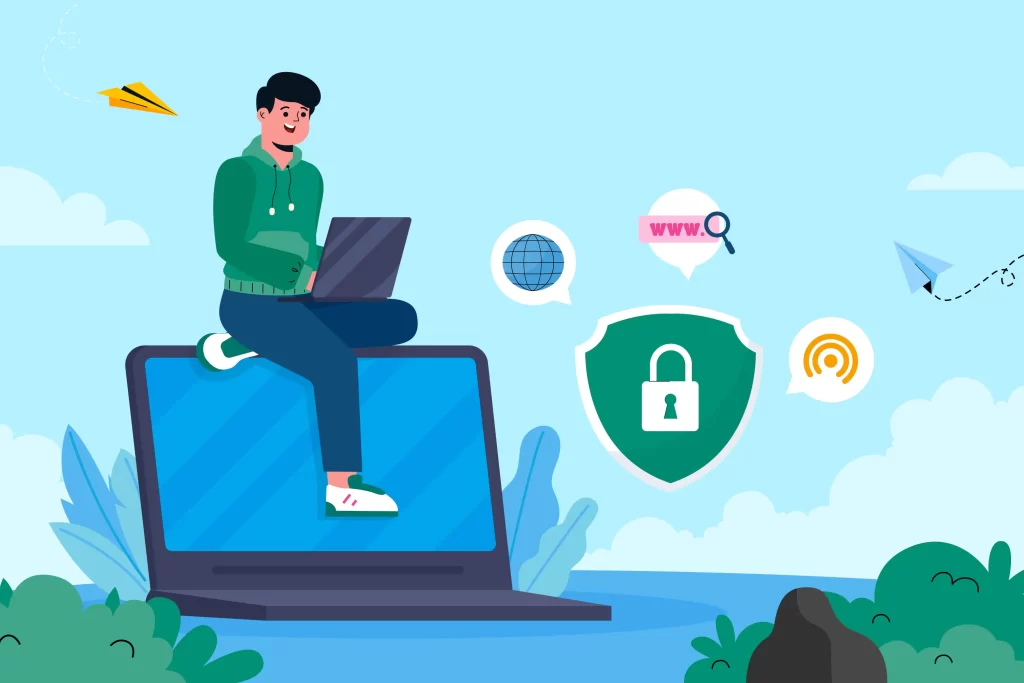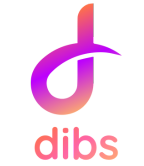- blog17
Ways to Protect Computer Software Intellectual Property

Protecting your computer software’s intellectual property (IP) is essential in the ever-evolving world of technology. With the ease of digital duplication and growing competition, it’s critical to secure your software’s unique features and creative elements. Whether you work as a single developer or part of a large team, knowing the steps required to protect your software can mean the difference between keeping your innovation safe and losing it to infringement.
Why Safeguarding Your Intellectual Property Is Important
In the software industry, intellectual property (IP) is a valuable asset that needs to be protected for several reasons. First and foremost, protecting your intellectual property allows you to fight against unapproved use or duplication while preserving your legal rights to your works. Competitors or malevolent organizations may be able to steal your ideas, reverse-engineer your software, and benefit from your labors without giving you credit if your intellectual property needs to be properly protected.
Moreover, protecting software IP is essential to maintaining a competitive edge. In the software industry, where innovation is constant, being the first to market with a unique solution can make or break a company. Proper IP protection prevents others from replicating your work, preserving your market position and potential revenue streams.
Securing your creative work is also crucial to establishing your legal entitlement in the event of a dispute. Tools such as Dibs offer an innovative way to protect work in progress. Dibs can be used by coders, designers, and other creators to timestamp their digital creations, ensuring that they have a verifiable record of when their work was created. This can be invaluable in an intellectual property dispute, where proving the originality and timing of your creation is critical.
What Will Be Protected When You Copyright Software?
Intellectual property IP for software laws protects different aspects of your creation when you copyright software. The source code, object code, and any related documentation are all protected by copyright. This guarantees that absent your consent, no one else can lawfully duplicate, distribute, or produce derivative works based on your copyrighted software.
However, copyright protection for software under IP laws is limited to the expression of the idea, not the idea itself. While the specific code you wrote is protected, the underlying algorithms, processes, or methods may not be. Therefore, many developers also consider using patented software to protect these functional aspects, although obtaining a patent for software can be lengthy and expensive.
Another aspect of software intellectual property protection is trade secrets. Software trade secrets include proprietary algorithms, processes, or business methods that give your software a competitive advantage. These trade secrets must be kept confidential to maintain their protected status, and businesses often use non-disclosure agreements (NDAs) to ensure that employees and partners do not disclose sensitive information.
How to Protect Computer Software Intellectual Property Rights
Protecting software intellectual property rights involves a combination of legal measures and best practices. Here’s a step-by-step guide on how to protect your IP for software:
- Copyright Your Software:
The first step in intellectual property protection is copyrighting your software; as previously mentioned, this will protect the specific code and documentation. Although copyright registration is not required, having a public record of your claim is important in case you need to take legal action against infringers. - Consider Patenting Your Software:
If your software has a special method or algorithm, you might want to consider filing for a patent. When you create software that is patented, you are granted exclusive rights to its functioning, which prevents other people from utilizing your ideas. Unfortunately, the path is lengthy and costly due to the complexity of the process and the need for a comprehensive review by the patent office. - Use Trade Secrets:
Another effective method is to protect software trade secrets, such as proprietary algorithms. Ensure that all employees and partners sign NDAs to prevent unauthorized disclosure and maintain strict control over who has access to sensitive information. - Implement Digital Rights Management (DRM) for Software:
Digital rights management (DRM) for software is a technology that controls how software is used, distributed, and accessed. Implementing DRM can prevent unauthorized copying or distribution of your software, ensuring only licensed users can access it. - Leverage Dibs for Timestamping and Legal Protection:
Using Dibs is one of the most creative and quick fixes for software protection. With the help of Dibs, artists may timestamp any type of digital work—static or dynamic—and provide a verified timeline of production. If an IP infringement case develops, this timestamp functions as a certificate of legal possession, which can be essential in establishing your legal rights in court. In addition to being quicker and less expensive than more conventional techniques like copyrights and trademarks, Dibs offers an impenetrable layer of security. By utilizing the before-and-after hash as a distinct QR code, Dibs lends credibility and legitimacy to your digital works. Using Dibs gives software developers and coders peace of mind as they continue to create by protecting completed goods and works-in-progress. - Monitor and Enforce Your Rights:
Software IP protection is a continuous activity. Keep an eye out for possible infractions on the market regularly, and act quickly to stop unlawful use of your software. You may need to file lawsuits, send cease-and-desist letters, or negotiate settlements to enforce your rights.
Summing up
Copyrighting, considering patents, preserving trade secrets, and implementing digital rights management are all part of the complex process of protecting intellectual property related to computer software. Cutting-edge solutions like Dibs can offer an extra layer of protection that is dependable and effective in today’s fast-paced software market. By timestamping your digital works using Dibs, you can ensure that your intellectual property is safe, verifiable, and prepared for legal defense in a dispute.
Creators, whether in the form of coders or other digital artists, need to be proactive in protecting their work. While trademarks and copyrights are traditional methods, they can be expensive and time-consuming. Dibs offers a modern solution, enabling you to call Dibs on your creations and stay focused on what you do best—creating.
